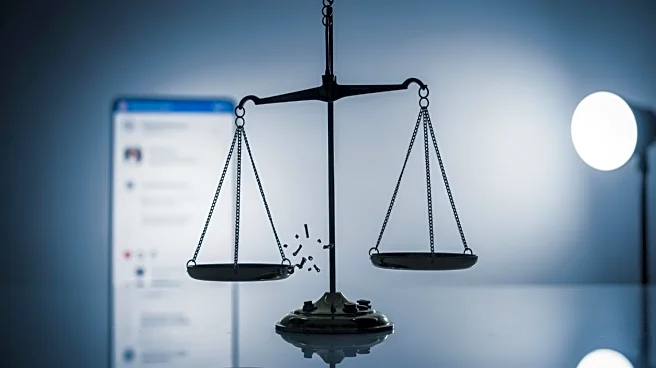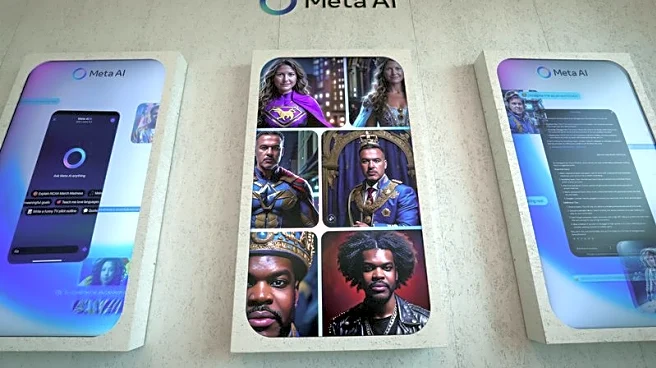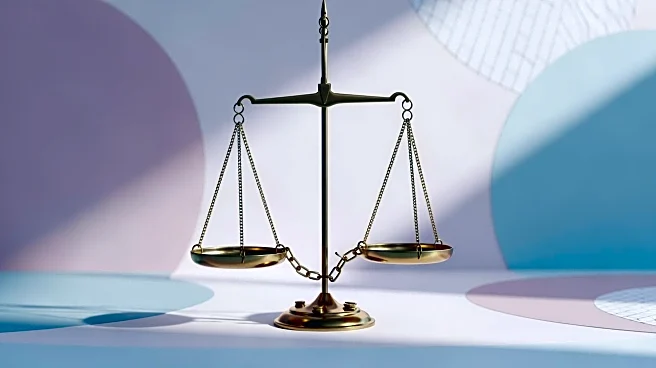What's Happening?
A CBS News investigation has revealed that Instagram, a platform owned by Meta, has been distributing graphic and violent content to millions of users through its reels feature. This issue came to light
when users worldwide noticed a surge of disturbing videos in their feeds back in February. Meta attributed this to an 'error' and claimed it has been resolved. However, the investigation by CBS News reporters Ash-har Quraishi and Chris Hacker indicates that such content remains prevalent on the platform, raising concerns about content moderation and user safety.
Why It's Important?
The persistence of graphic content on Instagram highlights significant challenges in content moderation for social media platforms. This issue is critical as it affects user experience and safety, particularly for younger audiences who are more susceptible to harmful content. The situation underscores the need for robust content management systems and raises questions about the effectiveness of Meta's current policies. The exposure to violent content can have psychological impacts on users and may lead to increased scrutiny from regulators and advocacy groups demanding stricter oversight and accountability from social media companies.
What's Next?
Meta may face increased pressure from both users and regulatory bodies to enhance its content moderation practices. There could be calls for more transparency in how content is filtered and the algorithms used to manage user feeds. Additionally, advocacy groups might push for legislative measures to ensure social media platforms are held accountable for the content they distribute. Meta's response to these challenges will be crucial in shaping public perception and trust in its platforms.
Beyond the Headlines
The ongoing issue with graphic content on Instagram could lead to broader discussions about the ethical responsibilities of social media companies in protecting their users. It may also prompt a reevaluation of the balance between user-generated content freedom and the need for protective measures against harmful material. This situation could influence future policies and industry standards regarding digital content management.












